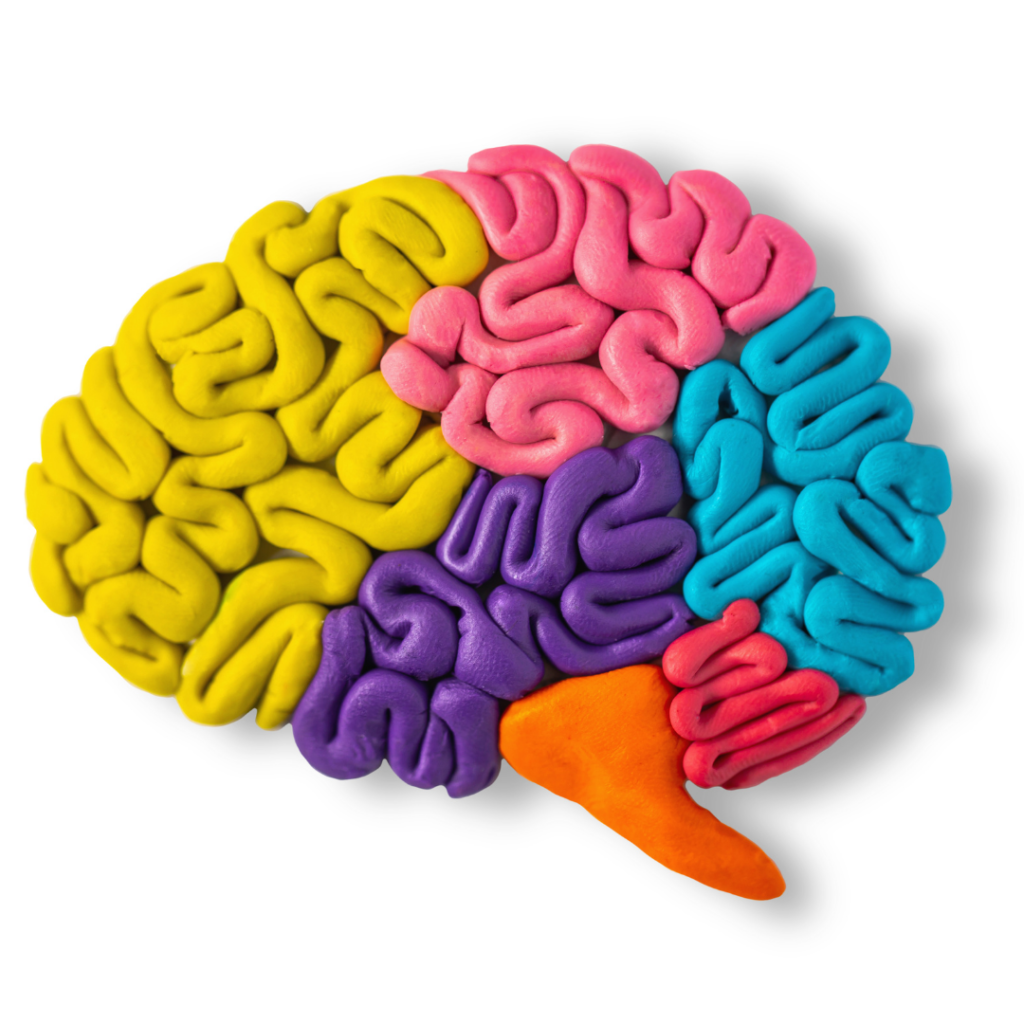October 14, 2020

Exercise has been shown to be an effective treatment therapy tool for those with Alzheimer’s disease. Before we can discuss how, we must understand the mechanisms behind both Alzheimer’s and exercise.
What is Alzheimer’s Disease?
In order to understand what Alzheimer’s disease is, one must know Alzheimer’s is a form of dementia. It is the most common form of dementia, Alzheimer’s is among a number of other forms of dementia. Dementia results from the damage or death of neurons, thus impacting the connection between neurons within the brain.
Damage or death to neurons can happen in a localized or broad region. The region damaged will determine which functions are affected most. Alzheimer’s disease starts with destruction within the hippocampus, a crucial region for memory. Therefore a common cause for Alzheimer’s itself would be a loss of memory, mostly newly learned information versus long known knowledge.
As mentioned, Alzheimer’s is one form of dementia that is more common among aged individuals. Other forms include vascular dementia, dementia with Lewy bodies, frontotemporal dementia, mixed dementia, and a variety of others. Common signs include:
- Memory loss
- Difficulty communicating
- Impaired reasoning and judgement
- Difficulty with complex tasks
- Mood and personality changes
- Agitation
- Hallucinations
If you feel yourself, or a loved one may be experiencing some of the signs above and you’re somewhat anxious, please contact your primary care physician or a local specialist such as a neurologist.

Changing How We Discuss Alzheimer’s
A diagnosis or a suspected diagnosis of Alzheimer’s disease leave many confused, overwhelmed and worried more than they ever thought imaginable. The thought of late stage Alzheimer’s, a scene some have seen other only heard of, is the root cause of such worry. However, Alzheimer’s does not always have to be seen in such a distraught light. The disease is a challenge, it’s difficult, and it takes a toll on family members.
A late graduate professor of mine once compelled our graduating class to view Alzheimer’s and dementia in a different light. We had discussed the stories of families struggling with the disease, but she brought forth another idea.
From that moment forward we changed our thinking, our verbiage, and our approach. Instead of individuals being affected by Alzheimer’s, they are living with Alzheimer’s. This allows us to bring a positive scope of perspective into everyday life. One simple discussion, one simple shift of thought, and the disease itself changes forever.
Exercise and its impact on Alzheimer’s Disease Progression
Exercise is a powerful tool, often referred to as medicine. In fact, the ‘exercise is medicine’ trend continues to grow. Pharmaceuticals are proving to be less effective overtime, or cause harmful side effects. Exercise is known to be one of the long lasting, effective forms of treatment when it comes to impacting the Alzheimer’s disease progression. Research studies continue to be analyzed but there is positive evidence proving exercise to be a crucial element in the treatment process.
For Starters…
Exercise as a protective method to fend off unwanted dementias. Exercise controls many risk factors often associated with dementia. Those risk factors include:
- Atherosclerosis
- Hypertension
- Elevated Cholesterol Levels
- Depression
- Obesity
Exercise limits the harmful effects of each of the conditions above. Therefore, the more one can minimize the risk created among the above factors the lower the likelihood of living with dementia.
Those Living with Dementia
Exercise aids in a number of ways when it comes to various dementias. One of the most important roles exercise plays in dementia is the improvement in physical functioning. Exercise, regardless of stage of dementia, improves cardiovascular fitness and slows or even reverses the disability in basic ADLs. Therefore, not only does exercise impact the individual living with dementia, but also the family caregiver and surrounding family.
Exercise also plays a role in brain health. Dementia is caused by damage or death to neurons within the brain. Ultimately, the connection points between neurons in order to communicate become damaged and cannot perform their function properly. However, exercise induces a neuroplastic effect. That is, exercise can help to mitigate or re-establish previously damaged or lost connections thus allowing the brain to communicate more effectively.
Exercise as a Treatment Tool within the Care Plan
Most neurologists, and primary care physicians will recommend adhering to an exercise protocol following a diagnosis of Alzheimer’s disease. There are still numerous research studies to analyze but many believe exercise is the only effective treatment for extended periods of time.
A key element when creating and implementing an exercise program is the use of pattern or routine. Exercises within a program are selected based on individual ability, but also with the goal in mind of maintaining independent physical functioning. Exercises that focus on leg strength, balance, and range of motion are important in maintaining adequate strength to continue with activities of daily living.
One of the many challenges faced is beginning and maintaining a program. Many families are aware of the need for exercise, however there lies a great challenge. Unfortunately for those families who rarely exercise, or are not fond of exercise, may feel they are being a drill sergeant and barking orders at their loved one in order to implement an effective program. They may be worried about the strain they are placing on the relationship itself. For example, Mom is living with Alzheimer’s disease, and the daughter does not want to create any friction between her and her mother in order to begin the exercise program. She wants her mother to recall the great memories, and associate their relationship with happy, loving times.
How can it be done?
First and foremost, a family must find an individual who is not only experienced with an exercise background, but also with disease progression. This should include interview and comparison of various providers. An individual who is unfamiliar with the disease, nor the ability to handle challenging situations will not be able to continue implementing an exercise program and ultimately create a distaste towards exercise. The key is finding an individual who can connect with Mom or Dad, bring light to their day, while also helping to maintain strength, balance and posture throughout the disease progression.
What does a typical exercise routine look like?
At LiveWell Health, our exercise routines are specifically designed based on the individual’s needs and the families’ goals. With that being said, we do have various exercises we implement on a regular basis to ensure maintenance of physical functioning. Below is an example of what an exercise program might look like for a loved one:
Warm Up
- Walk – With a timed measure in order to capture gait speed with regard to overall frailty level
- With added social connection or music listening to spark previous memories
- Hip and Glute Movement
- Often times individuals age and begin to lose strength in the hips and glutes. Strengthening this group helps to eliminate lower back, hip and knee pain.
- Functional Movements
- Sit to Stand
- Bend and Lift
- Posture
- Addressing hip and upper back postural instabilities through banded movements.
- Balance
- Creating and implementing real life balance scenarios such as stepping over or around an object.
All in All
Upon diagnosis of Alzheimer’s disease, it is important to understand disease progression, and the highly recommended treatments and strategies. The disease is a challenge for families of all types. Keep in mind there is a great deal of local and national help. Don’t be afraid to ask for assistance.
Local Providers in Southwest Florida
- Exercise and Functional Fitness : LiveWell Health – (239) 689 – 9605
- Caregiver Support : The Alzheimer’s Support Network – (239) 262 – 8388
- Information and Support: The Alzheimer’s Association – (727) 578 – 2558
- In-Home Care: Golden Care – (239) 440 – 2900
- Care Management – Inner Strength RN Health Advocates – (239) 908 – 6905